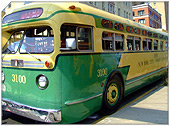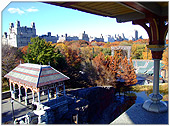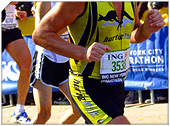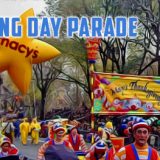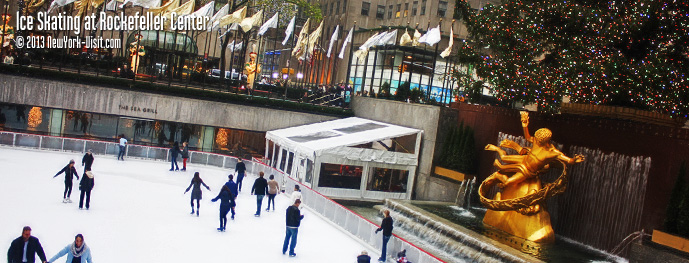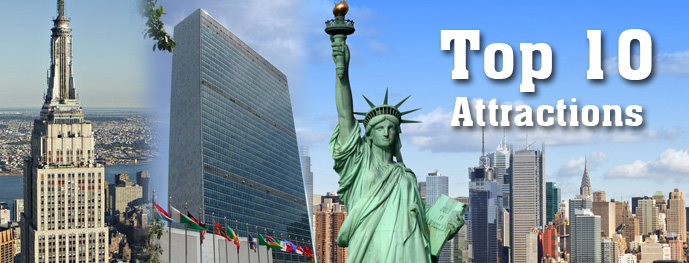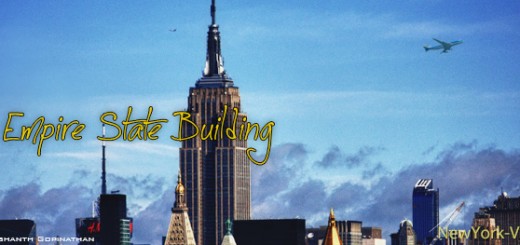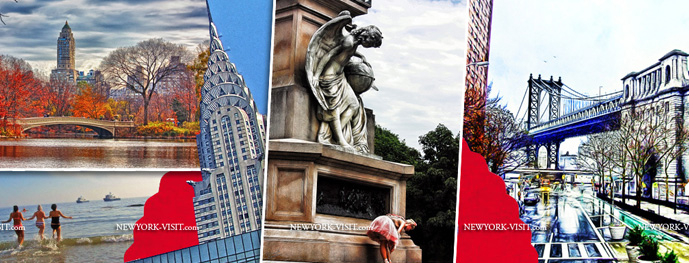New York City Marathon
New York City Marathon 2011
Daily Events in NYC, New York, USA
Home » Events calendar » New York City Marathon 2011 » info
New York City Marathon 2011
Top Annual New York City Events | Other New York Annual Events | Popular New York City Celebrations, Parades etc
New York City Calendar of Events (Monthly Events) | New York City Street Fairs
New York City Marathon 2011
New York City Marathon : New York City Marathon 2008 | 2008 Winners | New York City Marathon 2007 | 2007 Winners | New York City Marathon 2006 | 2006 Winners
06 November, 2011
New York City Marathon The New York City Marathon is an annual marathon foot-race run over a 42,195 m (26.2 mile) course through all five boroughs of New York City. It is the largest marathon race in the world, and with 37,866 finishers in 2006, was also the largest marathon race ever run. Along with the Boston Marathon and Chicago Marathon, it is among the pre-eminent long-distance annual running events in the United States.
The race is produced by the New York Road Runners and has been run every year since 1970. In recent years, it has also been sponsored by financial giant ING. It is held on the first Sunday of November and attracts professional competitors and amateurs from all over the world. Because of the popularity of the race, participation is limited to 37,000 entrants chosen largely by a lottery system, with preference given to previous participants. Runners who are members of the NYRRC can also gain entry by meeting the qualifications for guaranteed entry or via nomination from an official running club.
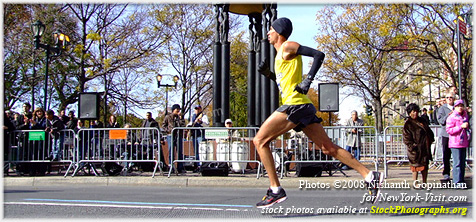
2011 Celebrity Runners
Model Christy Turlington Burns, Olympic champion Apolo Ohno, “Extra” host Mario Lopez, Grammy Award winning singer Mya, actor Michael Kenneth Williams of “BoardWalk Empire” and former New York Rangers player Mark Messier are some of the famous faces running this year’s 26.2 mile race, scheduled for Sunday.
History
The first New York City Marathon was held in 1970, with 127 competitors running several loops around the Park Drive of Central Park. Only about one-hundred spectators watched Gary Muhrcke win the race in 2:31:38. In fact, a total of only 55 runners crossed the finish line. Over the years, the marathon grew larger and larger. In order to accommodate the growing number of participants, co-founder Fred Lebow redrew the course in 1976 to incorporate all five boroughs of New York City. The marathon grew tremendous popularity two years later when Norwegian Grete Waitz broke the women’s world record, finishing in 2:32:30. She would go on to win the race an unprecedented nine times. An official wheelchair and handcycle division was introduced in 2000, and starting in 2002, the elite women are given a 35 minute headstart before the elite men and rest of the field. Thirty-seven years after it was started in 1970, the New York City Marathon has now become the largest marathon anywhere in the world. Each year nearly two million cheering spectators line the course from all different neighborhoods of New York. The marathon is broadcast live on NBC to more than 315 million worldwide viewers.
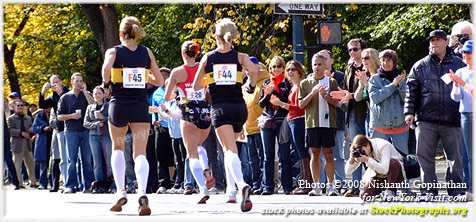
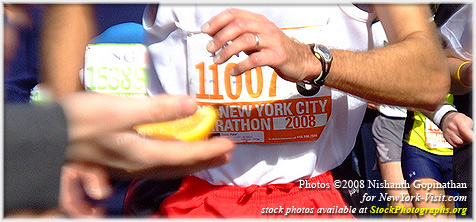
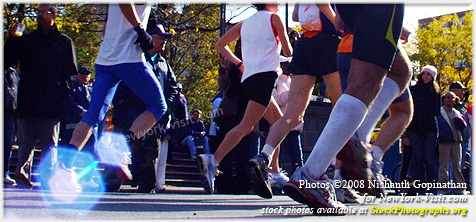
Course
The course covers all five boroughs of the City of New York. It begins on Staten Island near the approach to the Verrazano Narrows Bridge. The bridge, which normally carries only vehicular traffic, is closed for the event. In the opening minutes of the race, the bridge is filled with runners, creating a dramatic spectacle that is closely associated with the event.
After descending the bridge, the course winds through Brooklyn for approximately the next twelve miles. Runners pass through an enormous variety of neighborhoods, including: Bay Ridge, Sunset Park, Bedford-Stuyvesant, Williamsburg, and Greenpoint. At 13.1 miles, runners cross the Pulaski Bridge, marking the halfway point of the race and the entrance into Queens. After about two and a half miles in Queens, runners cross the East River on the dreaded Queensboro Bridge into Manhattan. It is at this point in the race when many runners begin to tire, as the climb up the bridge is considered one of the most difficult points in the marathon.
Finally reaching Manhattan after about 16 miles, the race proceeds north on First Avenue, then crosses briefly into the Bronx for a mile before returning to Manhattan. It then proceeds south through Harlem down Fifth Avenue and into Central Park. At the southern end of the park, the race proceeds across Central Park South, where thousands of spectators cheer runners on during the last mile. At Columbus Circle, the race re-enters the park and finishes outside Tavern on the Green. The time limit for this course is eight and half hours from the 10:10 a.m. start.
NYC Marathon logo and associated trademarks © 2007 New York City Marathon.
New York City Search
Quick NYC
Where to Stay Find a Hotel in New York CityWhere to Eat Find a Restaurant in NYCWhat to Do Find an Attraction in NYCWhen to Go Seasonal InformationNew York City Map
This is NYC
NYC’s lifeline
City involvement with surface transit began in September 1919. Today a $2.00 one-way trip will take you anywhere regardless of the distance traveled.
 New York MTA
New York MTA New York Transit Museum
New York Transit Museum New York Transit Museum Gallery & Store
New York Transit Museum Gallery & Store
New York Central Park
Central Park covers 843 acres or 6% of Manhattan. From famous statues to castles, there is so much to see within this pastoral landmark.
 New York Central Park
New York Central Park New York City Parks Events
New York City Parks Events
Sports in the City
Enhance your knowledge of NYC sports history or check out all of the fantastic venues that NYC has to offer.
 New York City Sports
New York City Sports US Open Tennis
US Open Tennis New York City Triathlon
New York City Triathlon New York City Marathon
New York City Marathon

